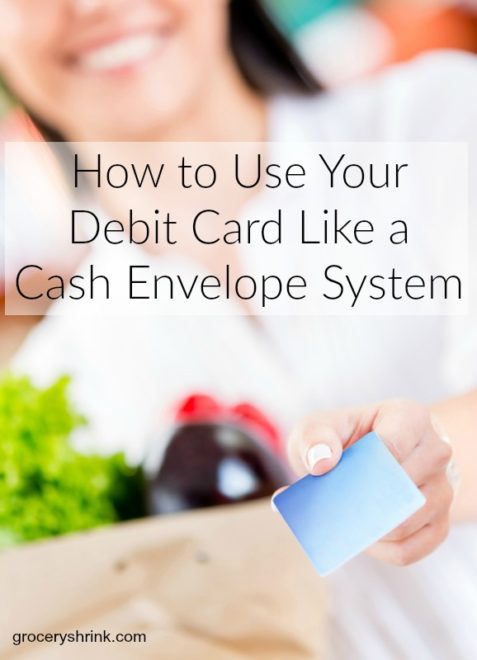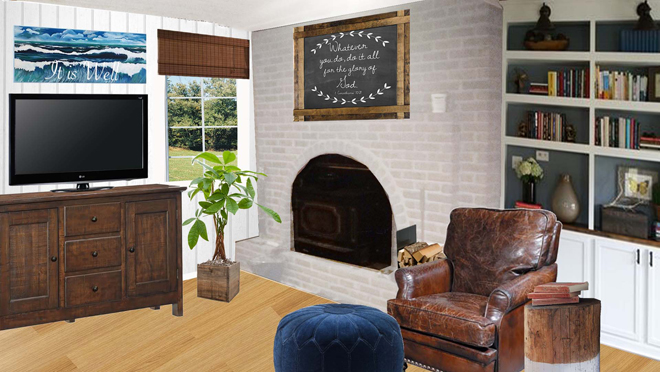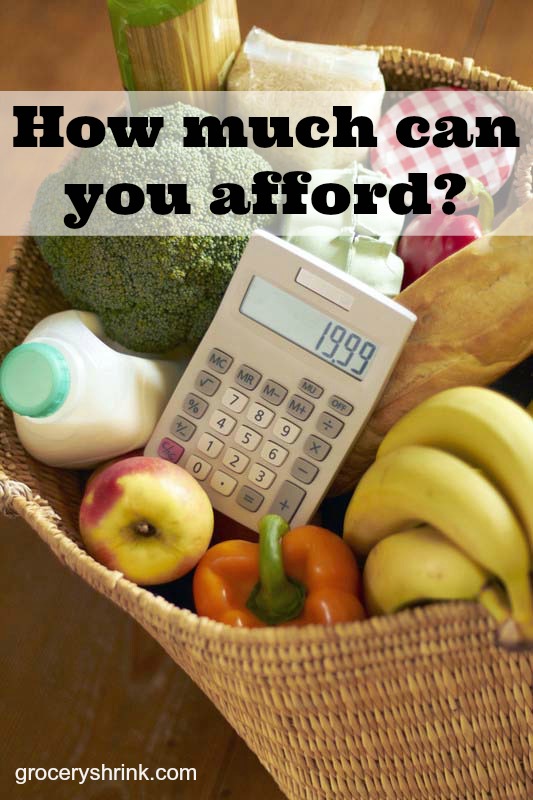 The average family of 8 spends between $1200-$1600 a month on food. We spend $620 ($550 for groceries, $40 for eating out and $30 for lunch allowance for my husband.) A difference of $580-$980 a month. That means over a year we are saving $6,960-$11,760. We have been living this way for more than 10 years for a cumulative savings of $69,600-$117,600. Around here, that’s enough to pay cash for a modest house.
The average family of 8 spends between $1200-$1600 a month on food. We spend $620 ($550 for groceries, $40 for eating out and $30 for lunch allowance for my husband.) A difference of $580-$980 a month. That means over a year we are saving $6,960-$11,760. We have been living this way for more than 10 years for a cumulative savings of $69,600-$117,600. Around here, that’s enough to pay cash for a modest house.
The pantry method allows us to spend less. I buy food at the lowest prices possible and enough that I don’t have to buy that item again until it’s at the lowest price again. Then…listen up this is KEY…I meal plan based on what I already have on hand. I’m using that sale stuff up, not hoarding it. I’m only buying the stuff we eat, not crazy stuff or junk food just because it’s on sale. (Though sometimes we’ll grab a rare treat when the price drops.)
I do have a meal plan service complete with shopping list. The services is usable with the pantry method also because I base all the recipes off the healthy low cost foods in most American Pantries. The cool thing is if you buy ingredients for a recipe and end up not cooking it, you’ll use them next week in something else. Nothing is wasted.
Sometimes there are weeks when I don’t buy anything. Either because the sales weren’t worth it or we were just to busy to go out. That’s when I’m especially thankful for a well-stocked pantry to cook from.
I love to shop at Aldi, because I know their house brand prices will beat most sale prices at the regular store. Since I shop Aldi frequently I have a lot of their prices memorized. Then on the rare occasion the conventional store advertises a lower one I recognize it and can stock up.
I’ll also occasionally shop at salvage food stores like Dirty Don’s or Cargo Largo. Those are local non-chain stores, but I’ve found every urban area has something similar. Do a yellow page internet search for salvage grocery stores in your area. It’s really important to know prices when you go into these places. Some of them will be good deals but a lot of it will be retail or higher.
Tomorrow I’ll show you how I find the deals I’m going to take advantage of for the week.



























